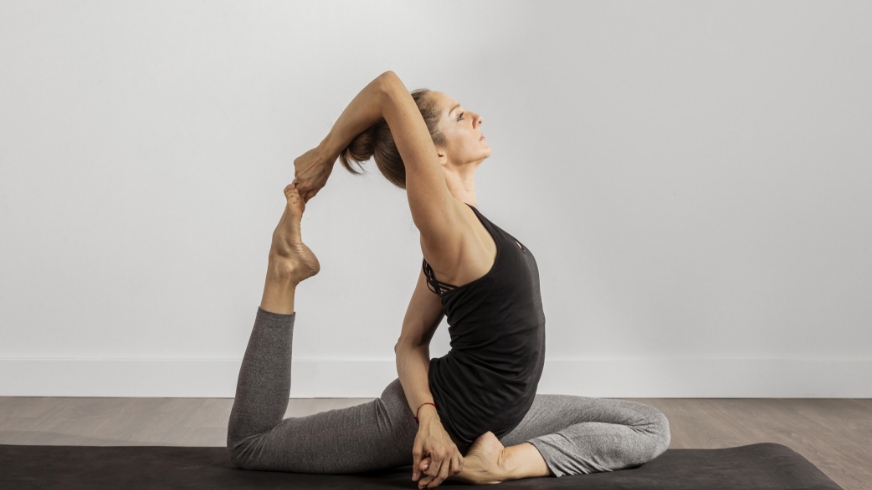Meditation and yoga are both practices that can promote physical, mental, and emotional well-being. While they have similarities, such as being rooted in ancient Eastern traditions, there are also distinct differences. Some of the differences include goals, techniques, and benefits. In this blog post, we will explore the benefits and differences between meditation and yoga in more detail.
Meditation :
Meditation is a practice that allows you to focus your mind on one specific thing to hopefully achieve a sense of peace and concentration. The main objectives of meditation are to still the mind and have inner peace. There are many different types of meditation, such as mindfulness meditation, transcendental meditation, loving-kindness meditation, and more.
Benefits Of Meditation :
- Reduces Stress & Anxiety : Meditation has been shown to be an effective way to reduce stress and anxiety levels. This can have a positive impact on mental and physical health.
- Improves Focus & Concentration : Regular practice of meditation can help improve focus and concentration. This makes it easier to complete tasks and achieve goals.
- Promotes Emotional Well-Being : Meditation can help regulate emotions, increase self-awareness, and promote a sense of well-being.
- Enhances Self-Awareness : Meditation can be thought of as a mental spotlight. It helps you focus on your thoughts, feelings, and behaviours, and see them more clearly. This leads to greater self-awareness and personal growth.
- Life Vision & Inner Calling : Helps to fix priorities and creativity.

Yoga :
Yoga is an ancient practice that helps to promote physical and mental well-being. It is a combination of physical postures, breathing exercises, and meditation techniques. The goal of yoga is to achieve a balance between the mind, body, and spirit. There are various styles of yoga, including Areal Yoga, Hatha yoga, Vinyasa yoga, Kundalini yoga, and many more.
Benefits Of Yoga :
- Improves Physical Health : Yoga has many benefits for physical health, including increased flexibility, strength, and balance. It can also help reduce chronic pain and improve posture.
- Reduces Stress & Anxiety : Yoga can also help reduce stress and anxiety levels, leading to improved mental health.
- Promotes Emotional Well-Being : Yoga can help improve mood and promote a sense of well-being by reducing stress and increasing self-awareness.
- Enhances Spiritual Growth : The spiritual aspect of yoga can help individuals connect with their inner selves and promote personal growth.
Differences Between Meditation and Yoga :
Though they share some similarities, there are important distinctions between meditation and yoga. The key difference is that yoga includes physical postures, while meditation does not. Yoga also emphasizes physical strength, flexibility, and balance, whereas meditation focuses on achieving mental clarity and inner peace. Additionally, yoga is typically done in a group setting, while meditation can be done solo or in a group.
Conclusion :
In conclusion, both meditation and yoga can offer a wide range of benefits for physical, mental, and emotional well-being. While they differ in their techniques and goals, both practices can be highly effective in reducing stress, improving focus and concentration, and promoting overall well-being. Whether you choose to practice meditation, yoga, or a combination of both, these practices can help you achieve greater inner peace and balance in your life.



